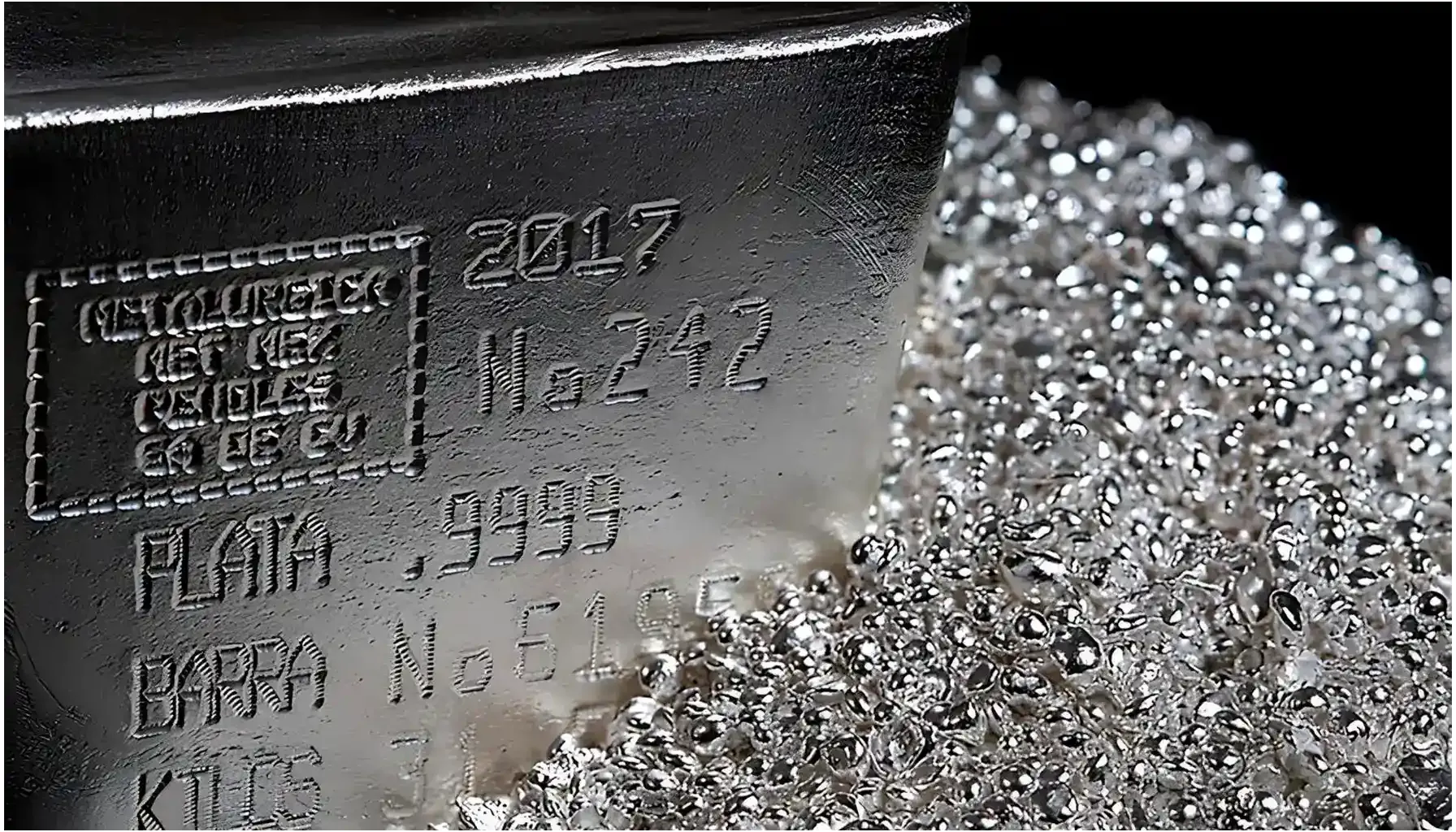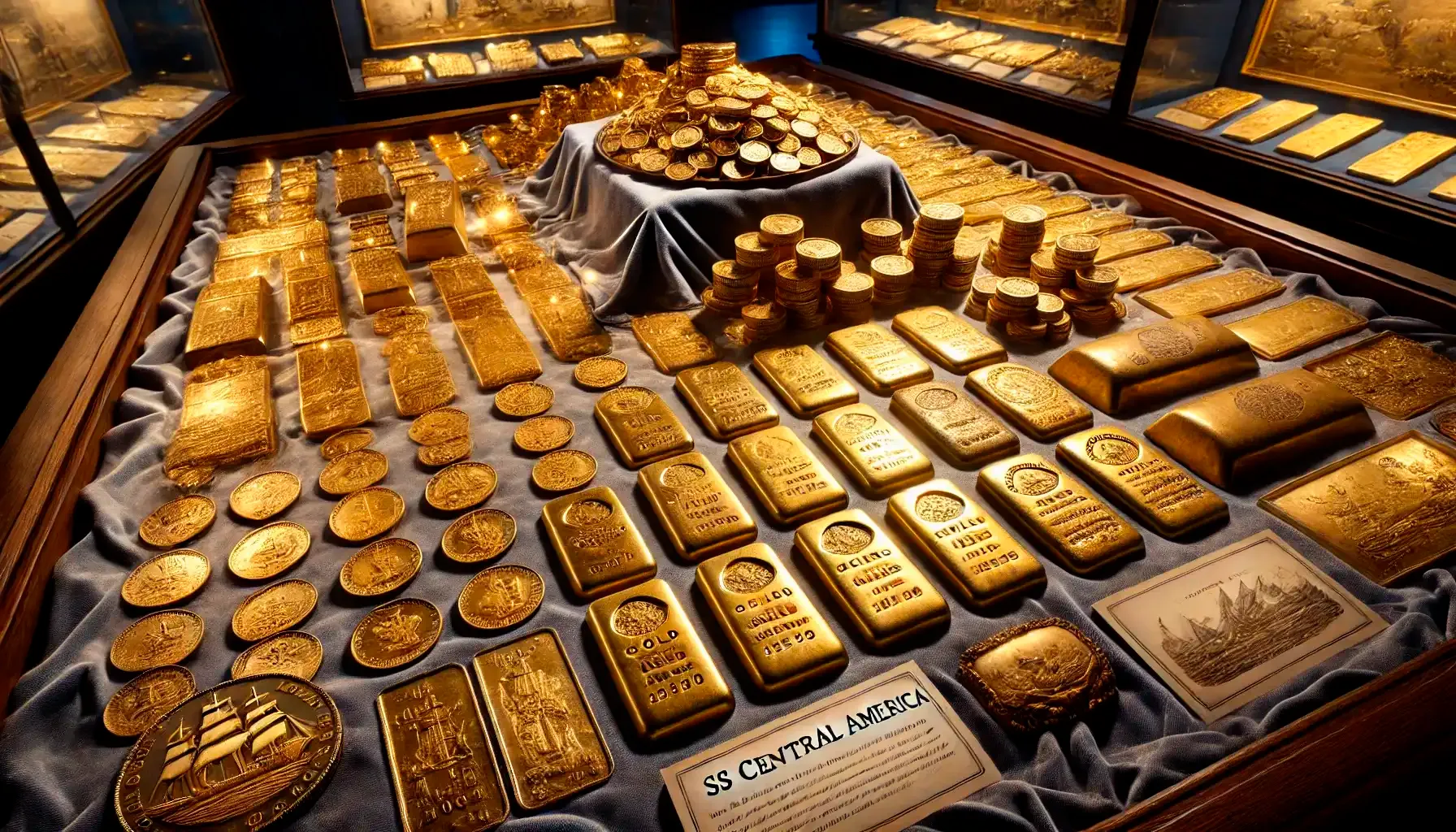Find out for sure in
our app
Is that your coin?
Find out for sure in our app
Find my Coin
Related Articles

Numismatic News
Silver Price Predictions 2030: How High Could It Go?
Silver coins are among the most desirable numismatic creations that may captivate the attention thanks to their composition alone. Although it is the appearance that usually boosts the worth of any coin, the influence of precious metals is undeniable, especially when combined with special attributes like minting errors or unique designations.
10 min
06.17.25
Numismatic News
Who is on the 20 Dollar Bill Today – And Who Will Be Next?
Have you ever looked at the US 20 dollar bill in your pocket? You might be interested in its origins, the value of an old $20 dollar bill worth investigating or the potential for rare 20 dollar bill finds.
7 min
03.09.25
Numismatic News
From the Abyss: The Numismatic Tales of SS Central America
The story of the SS Central America also known as the “ship with gold” is one of the most legendary stories in the world of shipwrecks and numismatics. In September 1857, SS Central America location was determined by the shores of North Carolina, where the ship was caught in a storm and sank, taking with it the lives of more than 400 passengers and thousands of kilograms of gold.
9 min
10.26.24